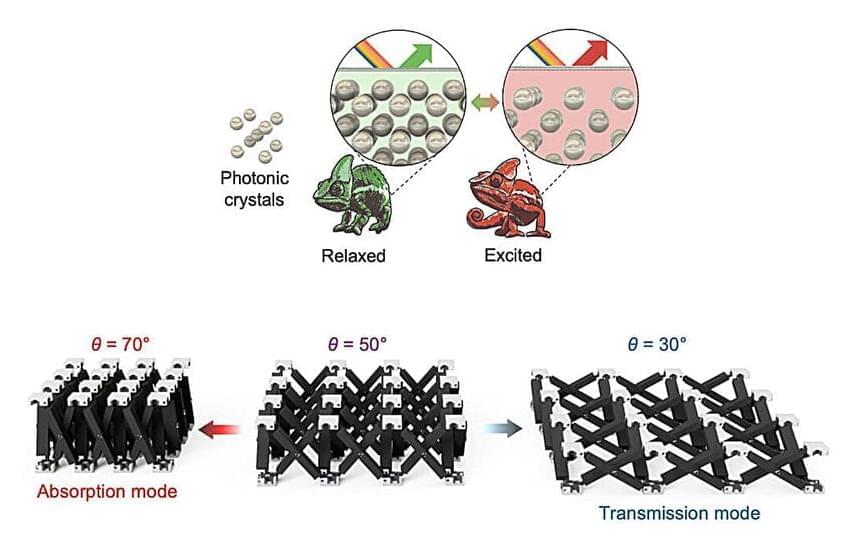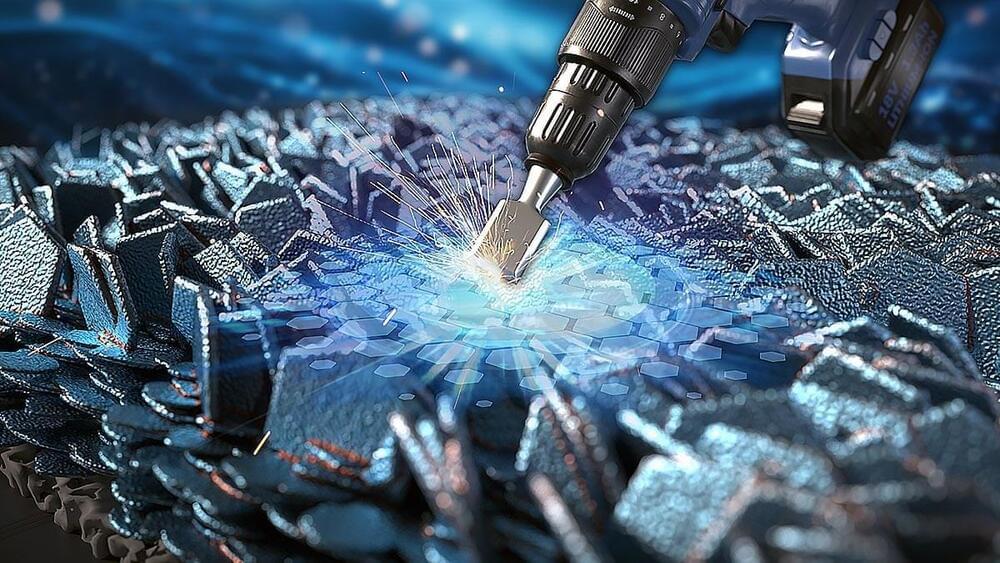The chameleon, a lizard known for its color-changing skin, is the inspiration behind a new electromagnetic material that could someday make vehicles and aircraft “invisible” to radar.
As reported today in the journal Science Advances, a team of UC Berkeley engineers has developed a tunable metamaterial microwave absorber that can switch between absorbing, transmitting or reflecting microwaves on demand by mimicking the chameleon’s color-changing mechanism.
“A key discovery was the ability to achieve both broadband absorption and high transmission in a single structure, offering adaptability in dynamic environments,” said Grace Gu, principal investigator of the study and assistant professor of mechanical engineering. “This flexibility has wide-ranging applications, from stealth technology to advanced communication systems and energy harvesting.”






